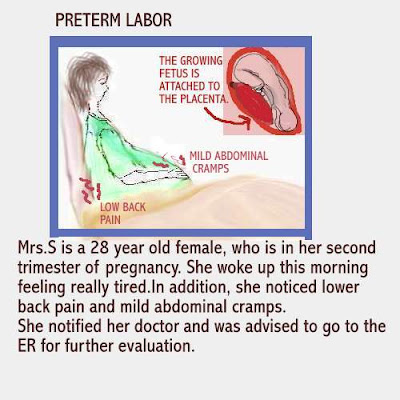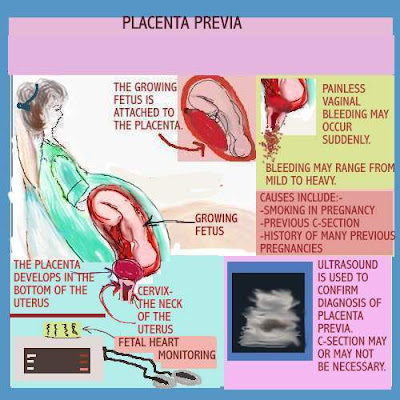
Updated 7/24
Sickle cell anemia is a form of anemia common to certain peoples in areas of the world, like Africa, Caribbean and Mediterranean. The red blood cells are not rounded, but have a sickle shape. Red blood cells carry
oxygen and in sickle cell anemia, their ability is limited. In a crisis, the cells clump and occlude the veins, not
arteries as these have high pressure.
Conditions such as anxiety ,
dehydration, infection or trauma may trigger a sickling crisis. Difficulty breathing and excruciating
pain are symptoms of a crisis. Treatment is directed at giving oxygen, monitoring vital signs and correcting the cause. Magnesium Sulfate is also used to
treat this condition.



 Updated 7/24
Updated 7/24 Updated 5/24
Updated 5/24 Updated 3/24
Updated 3/24

 Updated 5 /24
Updated 5 /24



 Updated 7/23
Updated 7/23